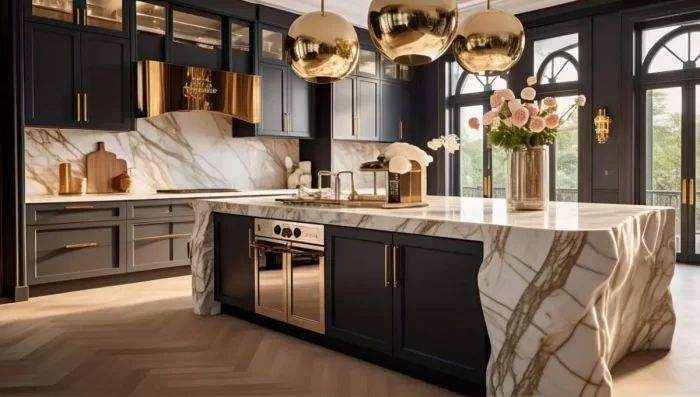If countertops were hairstyles, the Ogee Edge Countertop would be that voluminous, elegant blowout that makes everyone say, “Wow—fancy!” It’s bold. It’s classic. And yes, it gives your kitchen or bathroom that little extra oomph without needing a full remodel.
Whether you’re a homeowner looking to upgrade your space, a renter dreaming of your forever kitchen, or a first-time homebuyer tackling your first big project, this edge style might just be your next obsession.
What Exactly Is an Ogee Edge?
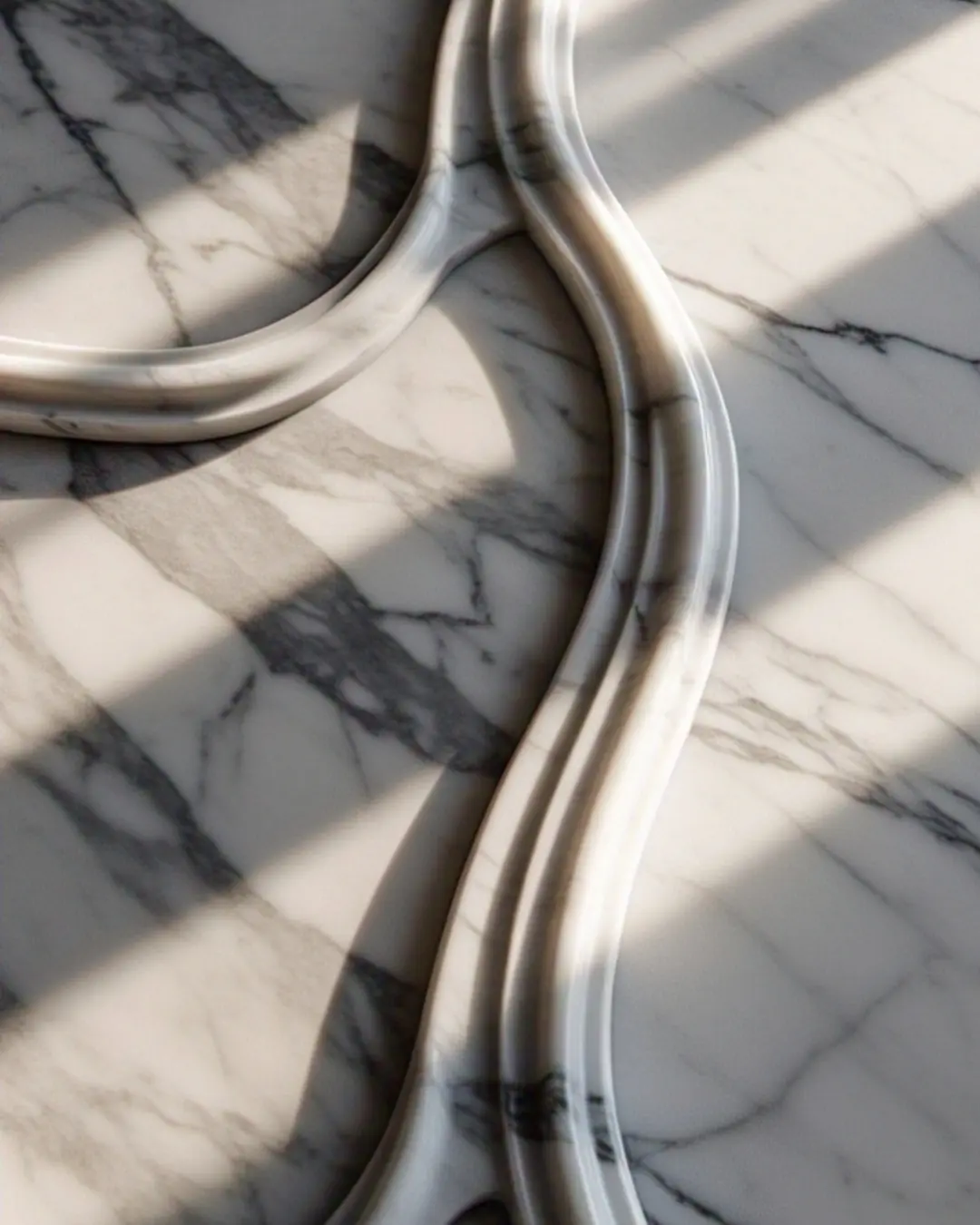
In simple human terms, an Ogee edge is a decorative profile cut into the edge of a countertop. It features an “S”-shaped curve that transitions into a straight line—think elegant curves that make even plain stone look like royalty.
You’ll often see this on granite, marble, and quartz countertops. It’s a little more detailed than a simple beveled or bullnose edge, but that’s what makes it stand out.
Related: Types of Countertop Edges
Why Homeowners Love Ogee Edges?
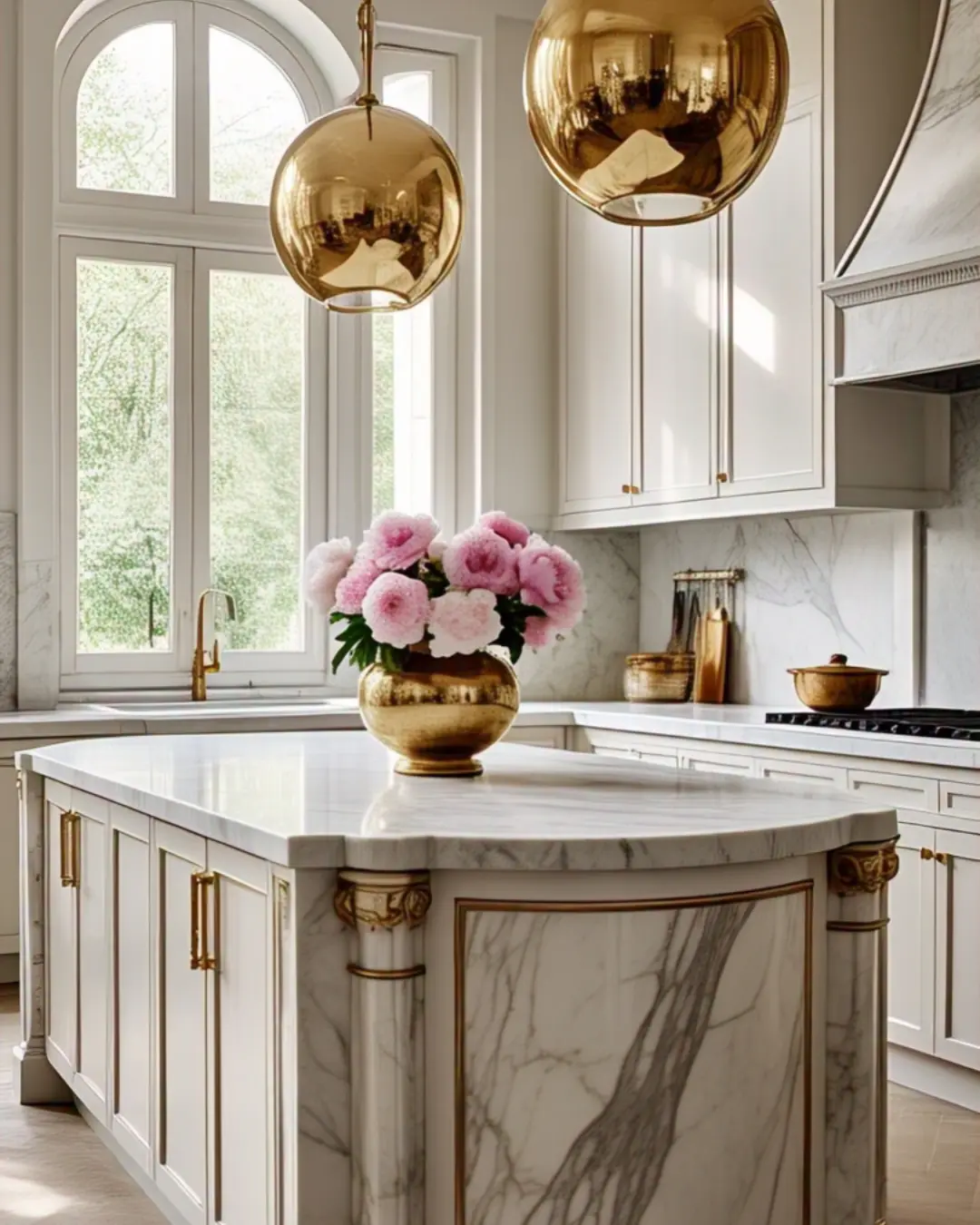
✨ Classic Elegance
Ogee edges have that old-world charm—perfect if you’re going for a traditional, farmhouse, or even French country style. They pair beautifully with white cabinets, ornate backsplashes, and vintage lighting.
🛠️ DIY-ish Friendly
Okay, you’re probably not cutting an Ogee edge yourself (unless you moonlight as a stone fabricator), but choosing it is a smart design decision you can easily communicate with your countertop installer. It’s all about the details.
🏠 Adds Resale Appeal
Want your kitchen to look custom-made? This edge style whispers “custom craftsmanship” to potential buyers, which can boost appeal and perceived value.
Related: Half-Bullnose Edge Countertop
What to Consider Before Choosing an Ogee Edge Countertop?
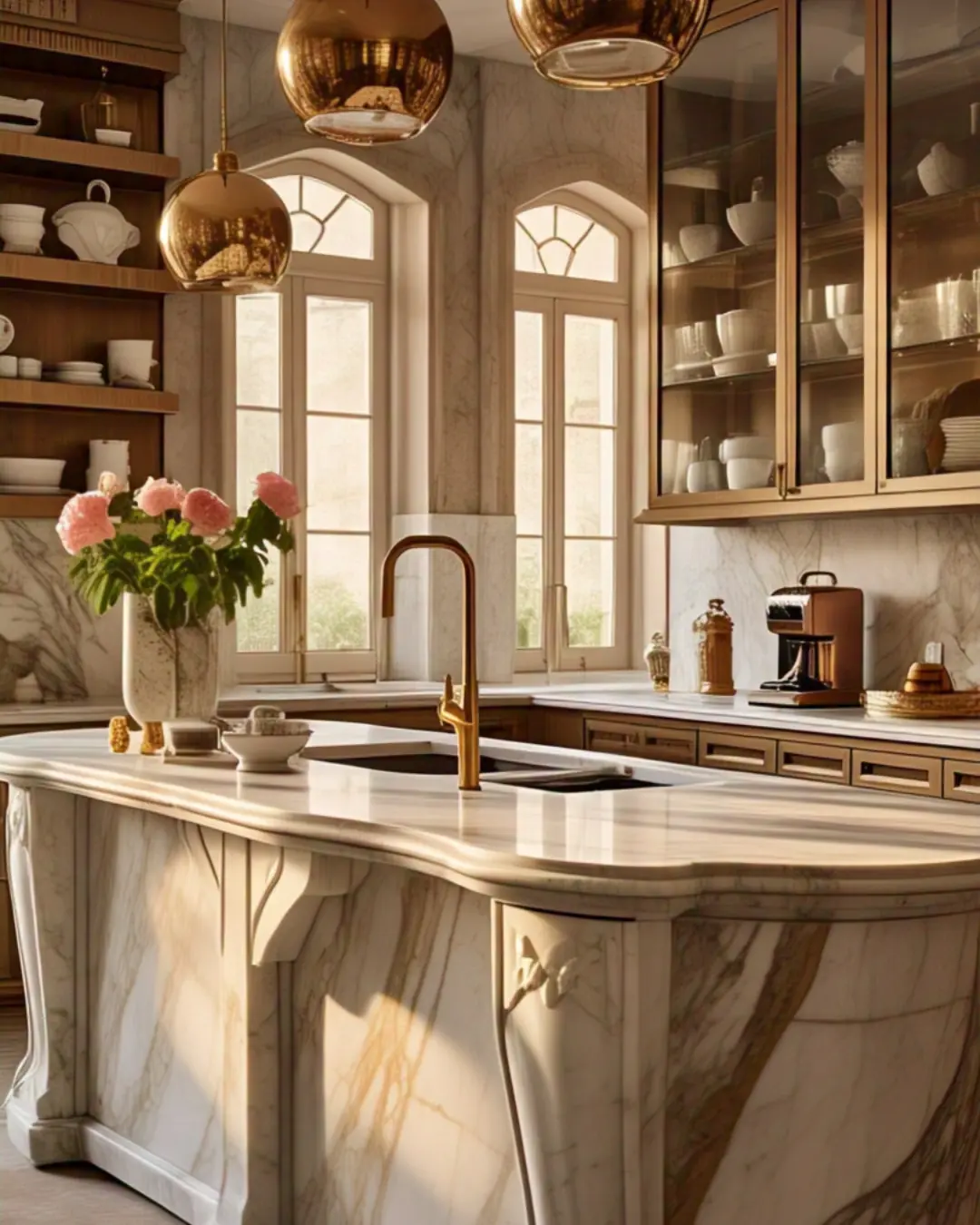
That elegant S-curve might look dreamy, but here’s what you really need to know before committing:
1. Budget: The “Oh-Gee, That’s Expensive!” Factor
- Costs 20-50% more than basic edges (all those curves require skilled craftsmanship).
- Example: A 3,000quartzcountertopbecomes∗∗3,000quartzcountertopbecomes∗∗becomes 4,500+** with ogee edges.
- Ask yourself: “Would I rather have this edge or a weekend getaway?”
2. Cleaning: The Crumb Catcher
- Those beautiful waves create tiny crumb hideouts.
- Real talk: If you’re a “quick wipe” cleaner, this isn’t your edge.
3. Space: Big Kitchens Only
- Ogee edges overwhelm small spaces (like a ball gown in a tiny apartment).
- Best for: Large islands or open-concept kitchens where the detail can shine.
4. Style: Forever Traditional
- This is a classic look—hard to make “modern” later without replacing the whole counter.
- Test drive it: Use painter’s tape to mock up the edge on your current counter for a week.
5. DIY? Not a Chance
- Requires professional fabrication—one wrong cut ruins the whole slab.
- Translation: Leave this to the experts.
Also Read: 7 Steps to Installing an Ogee Edge on Quartz Countertops!
Best Countertop Materials for Ogee Edge
Ogee edges are all about elegant curves, but not all materials can handle the fancy shaping. Here are the top picks that look stunning and hold up well:
🏆 #1 Choice: Natural Stone (Granite & Marble)
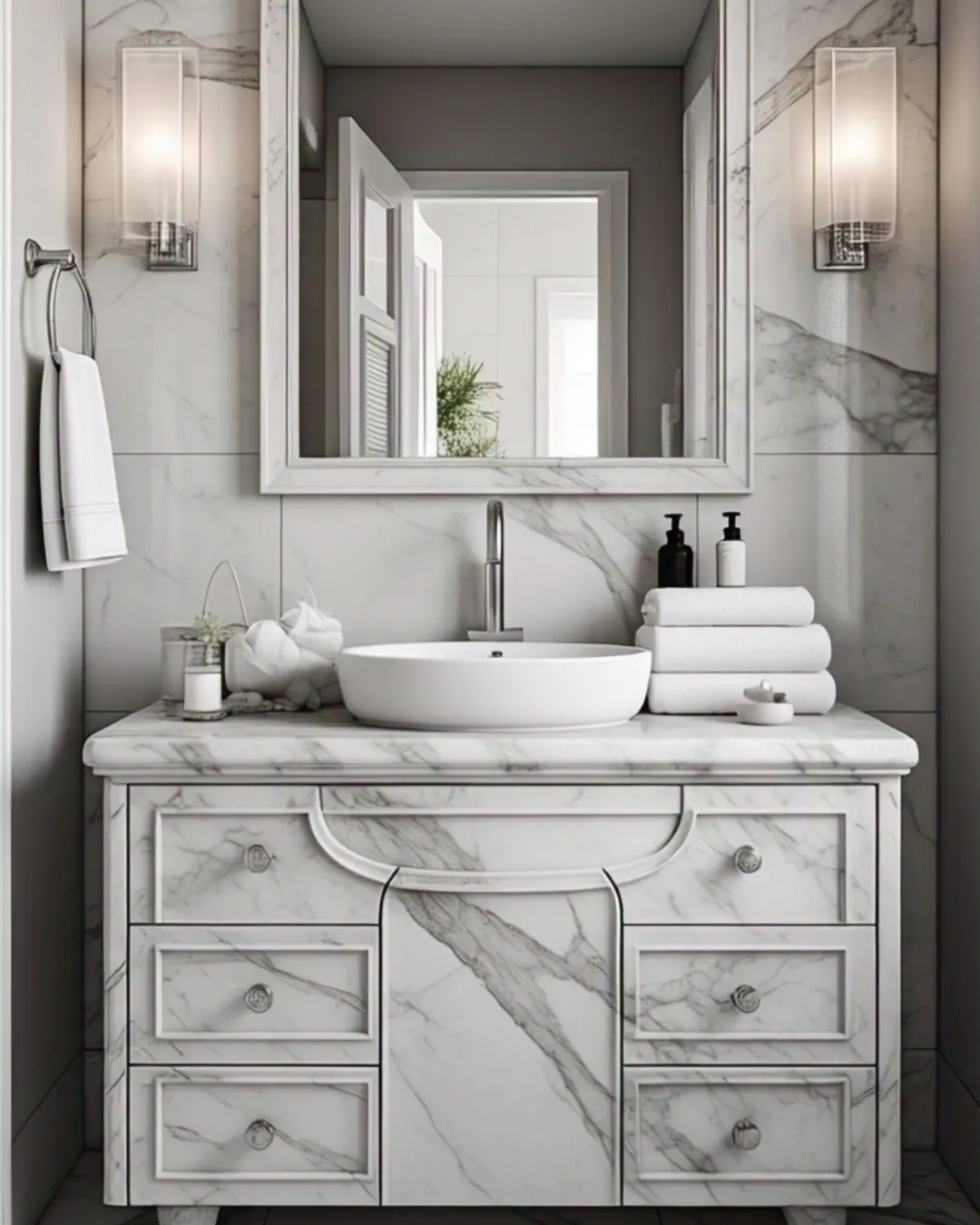
✔ Why?
- Holds intricate edges without chipping
- Each slab is unique (veining looks extra fancy in curves)
- Timeless luxury vibe
⚠ Watch Out:
- Needs yearly sealing (marble stains easily)
- Expensive (80–80–200/sq ft installed)
Also Read: 19 Rustic Wood Countertops Kitchen Designs You’ll Adore!
🥈 #2: Quartz (Engineered Stone)
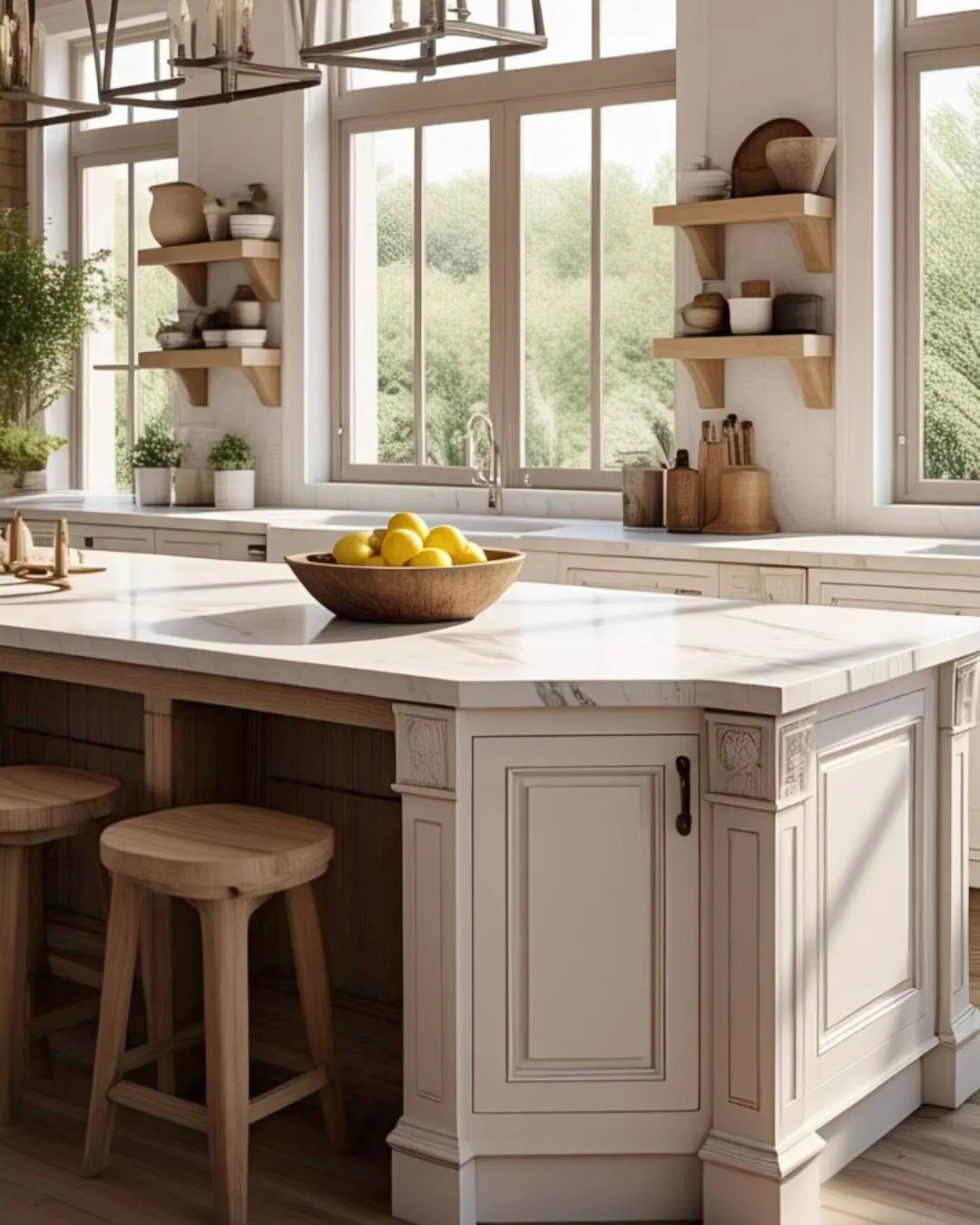
✔ Why?
- No sealing needed (perfect for busy homes)
- Consistent color = flawless curves
- Less $$$ than natural stone (60–60–150/sq ft)
⚠ Watch Out:
- Can look too perfect (lacks natural stone’s randomness)
Also Read: 19 Stunning Ogee Edge Countertops That Will Transform Your Kitchen
🥉 #3: Solid Surface (Corian®)
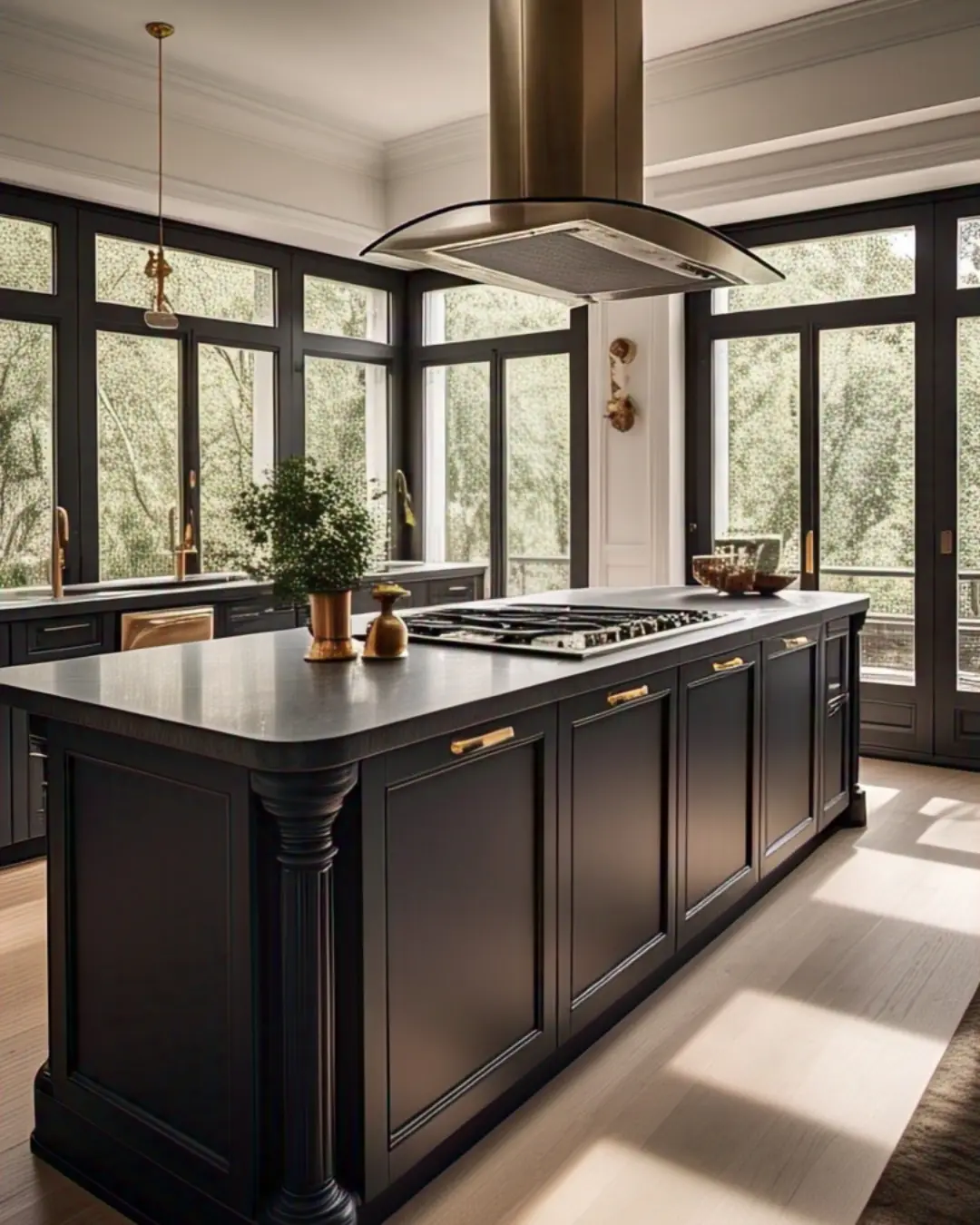
✔ Why?
- Seamless look (great for big S-curves)
- Scratches can be sanded out
- Mid-range price (50–50–100/sq ft)
⚠ Watch Out:
- Not heat-resistant (hot pans = bad news)
Also Read: 19 stunning Ogee Edge Countertops for Home Bars That Instantly Elevate Your Space!
Budget Option: Laminate (For the Look-Only)
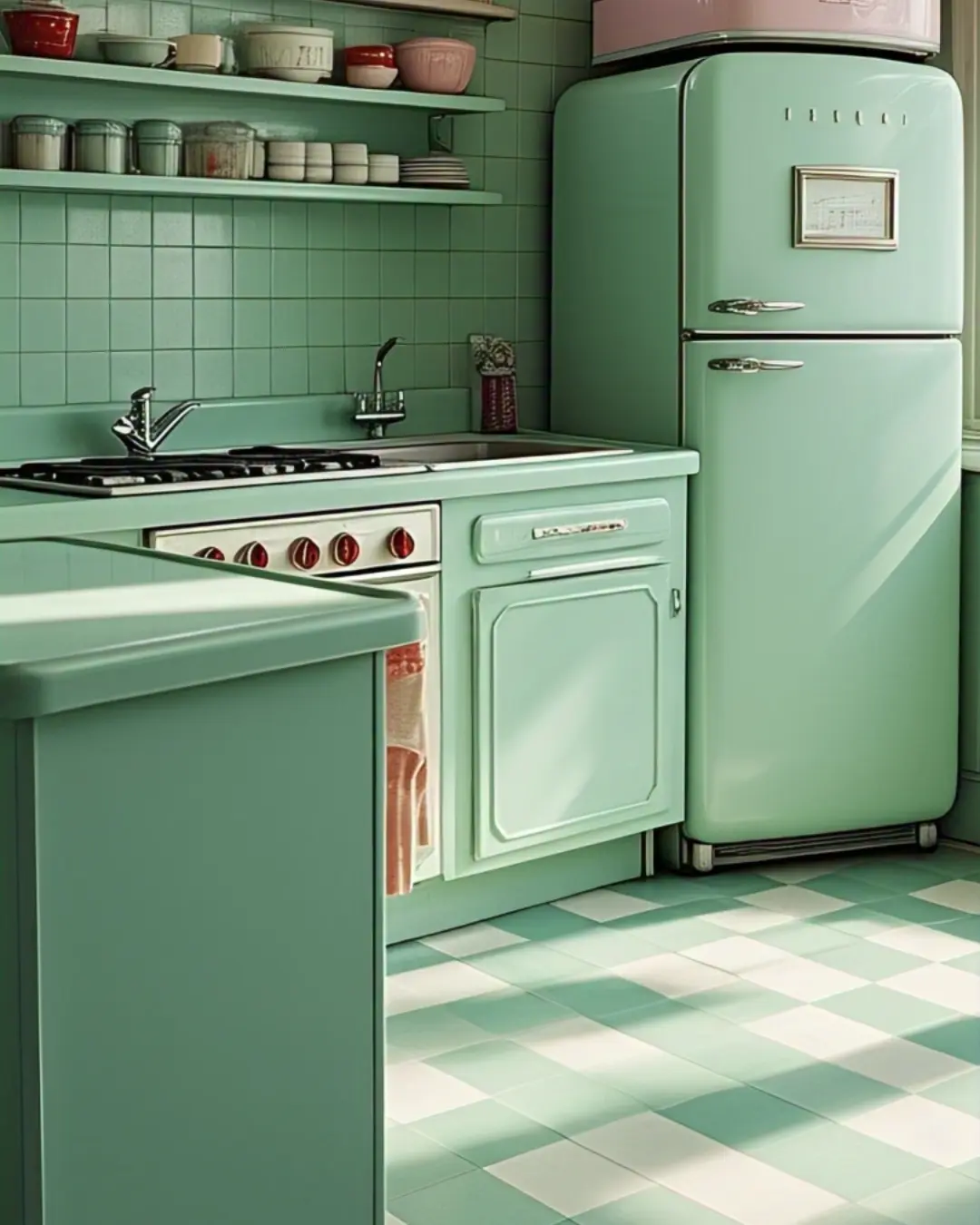
✔ Why?
- Pre-fab ogee edges exist (25–25–60/sq ft)
- Endless colors/patterns (even faux marble!)
⚠ Watch Out:
- Seams show more on curves
- Not durable (scratches/chips reveal particleboard)
Also Read: How to Make an Ogee Edge on Granite (The Best Step-by-Step DIY Guide)
Materials to AVOID for Ogee Edges
🚫 Concrete – Cracks easily at thin curves
🚫 Thin Porcelain – Too brittle for detailed edges
🚫 Butcher Block – Curves are hard to sand/maintain
Quick Comparison Table
| Material | Cost (per sq ft) | Best For | Maintenance |
|---|---|---|---|
| Marble | 100–100–200 | Luxury spaces | High |
| Granite | 80–80–150 | Busy kitchens | Medium |
| Quartz | 60–60–150 | Low-maintenance | Low |
| Solid Surface | 50–50–100 | Seamless designs | Medium |
| Laminate | 25–25–60 | Budget makeovers | Low |
Pro Tip: Love marble but hate stains? Try quartz that looks like marble—it gives the ogee drama without the fuss!
Tips to Clean and Care for Ogee Edges
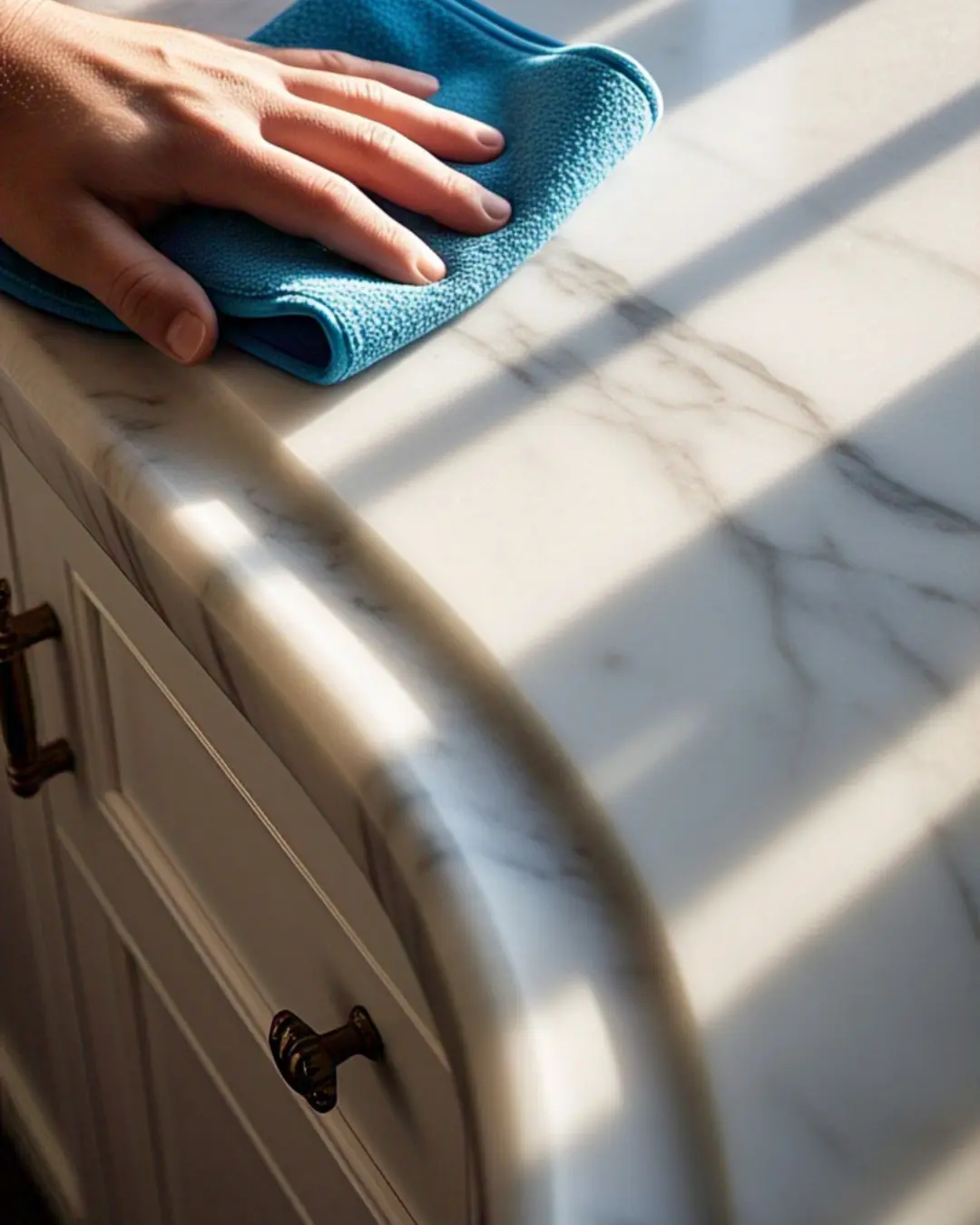
Ogee edges add elegant curves to your countertops, but those beautiful S-shapes need special care to stay stunning. Here’s how to keep them looking like new:
🛁 Daily Cleaning (Quick & Easy)
✔ What to Use: Mild dish soap + warm water + soft microfiber cloth
✔ Why? Avoid harsh cleaners that can dull the finish (especially on marble!).
✔ Pro Tip: Wipe along the curves, not against them, to prevent grime buildup.
🍋 Deep Cleaning (Weekly/Monthly)
✔ For Stone (Granite/Marble): Use a pH-neutral stone cleaner (no vinegar!).
✔ For Quartz/Solid Surface: Mild abrasive cleaners are okay (like Soft Scrub).
✔ For Laminate: Avoid bleach—it can fade the color.
⚠ Watch Out!
- Don’t use steel wool or rough sponges (scratches show more on curves!).
- Don’t let spills sit (ogee edges can trap liquids in the curves).
🔧 Special Care for Longevity
✔ Seal Natural Stone (1-2x/year):
- Test if water beads up (if not, it’s time to reseal!).
- Use a penetrating sealer (not wax!).
✔ Fix Minor Scratches: - Quartz/Solid Surface: Lightly buff with a melamine sponge.
- Laminate: Use a colored repair pen (like a marker!).
🚫 Avoid These Ogee Edge Disasters!
❌ Hot Pans Directly on Surface (Use trivets—especially on quartz/solid surface!).
❌ Harsh Chemicals (Bleach, ammonia, or acidic cleaners = dull spots!).
❌ Sitting/Standing on Edges (The curves are not load-bearing!).
💡 Pro Tricks for Crumb-Prone Kitchens
- Use a soft-bristle brush (like a makeup brush!) to sweep crumbs out of curves.
- Place cutting boards over busy prep areas to protect the edge.
Ogee Edge Countertops: The Final Word
The ogee edge is the crown jewel of countertop profiles—a timeless, elegant choice that turns ordinary surfaces into showstoppers. But like any royal treatment, it comes with responsibilities.
The Good:
✔ Instant luxury – Elevates even basic materials
✔ Timeless appeal – Never goes out of style
✔ Hides wear-and-tear – Scratches blend into the curves
The Not-So-Good:
✖ High-maintenance – Those beautiful curves trap crumbs
✖ Pricey – Custom fabrication adds 20-50% to costs
✖ Space-hungry – Best in large kitchens (overwhelms small spaces)
Best For: Traditional kitchens, grand islands, and homeowners who love ornate details.
Think Twice If: You prefer modern minimalism, have a tiny kitchen, or want a “wipe-and-go” surface.
Pro Tip: Can’t commit fully? Use ogee just on your island for a focal point, with simpler edges elsewhere.
FAQs About Ogee Edge Countertops
Is the ogee edge outdated?
No, the ogee edge isn’t outdated—it’s a timeless choice for traditional and transitional kitchens. While ultra-modern designs often skip it, the classic S-curve remains popular in luxury homes and historic renovations.
What is the most popular edge on a countertop?
The most popular countertop edge is the straight (or eased) edge—clean, modern, and budget-friendly.
What is the difference between a Cove edge and an ogee edge?
A cove edge has a smooth, concave curve (like a gentle dip), while an ogee edge features a dramatic S-shaped curve (like a fancy wave).
Also, don’t forget to update your home with house making ideas. Let us make your home look beautiful.
